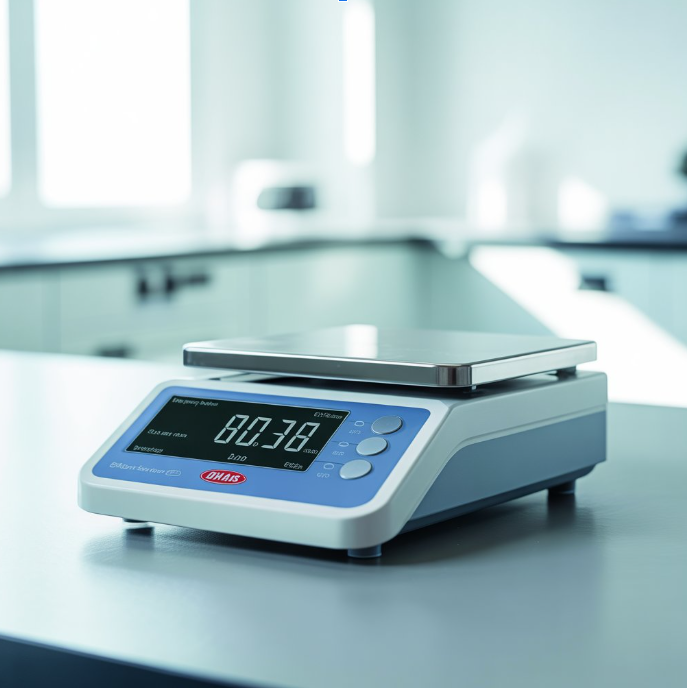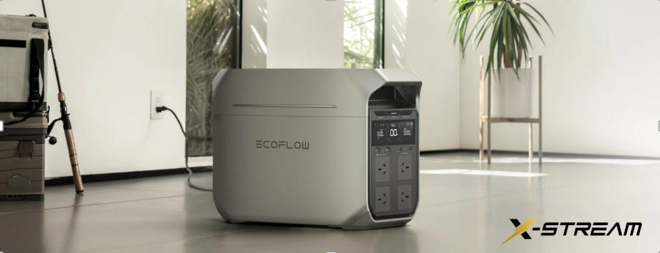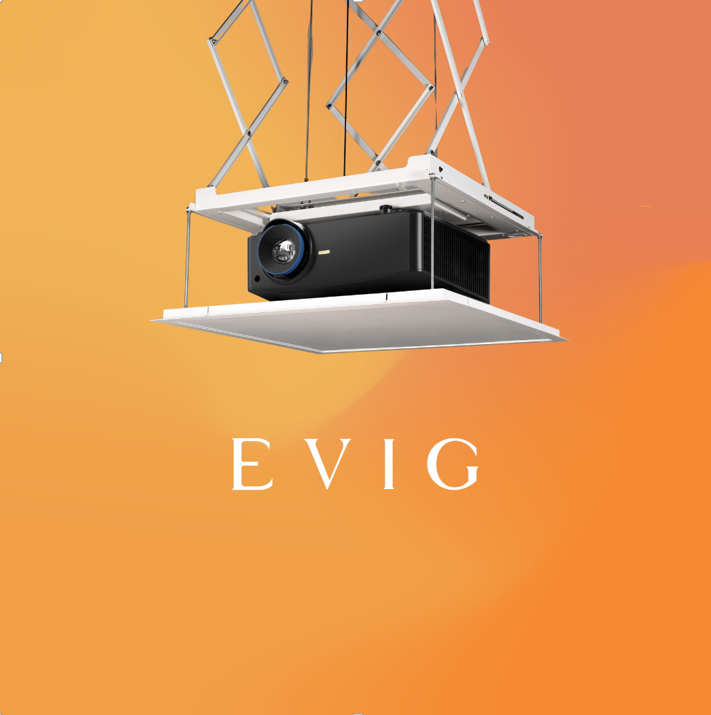How to Choose the Right Ohaus Digital Scale for Your Lab or Business
Introduction to Ohaus Digital Scales
Selecting the right digital scale for your laboratory or business operations is a critical decision that can significantly impact your workflow efficiency, accuracy, and overall productivity. Ohaus digital scales itself as a leading manufacturer of precision weighing equipment, offering a comprehensive range of digital scales designed to meet diverse industrial and scientific requirements. With over a century of experience in the weighing industry, Ohaus continues to innovate and provide reliable solutions for professionals across various sectors.
The importance of choosing the appropriate scale cannot be overstated. Whether you’re conducting pharmaceutical research, managing inventory in a manufacturing facility, or performing quality control testing, the accuracy and reliability of your weighing equipment directly affects your results and business operations. Making an informed decision requires understanding your specific needs, the available options, and the features that will best serve your particular application.
Understanding Your Weighing Requirements
Before exploring the various Ohaus digital scale options, it’s essential to conduct a thorough assessment of your weighing requirements. This evaluation should begin with identifying the types of materials you’ll be weighing and their typical weight ranges. Consider both your current needs and potential future requirements to ensure your investment remains relevant as your operations grow or evolve.
The frequency of use is another crucial factor that influences your scale selection. High-volume operations require robust, durable scales that can withstand continuous use without compromising accuracy. Laboratory environments may demand different specifications compared to industrial settings, particularly regarding precision levels and environmental resistance.
Documentation and traceability requirements also play a significant role in scale selection. Many industries, particularly pharmaceuticals, food processing, and research facilities, must maintain detailed records of weighing operations for regulatory compliance. Understanding these requirements early in the selection process helps narrow down options that include necessary data logging and connectivity features.
Types of Ohaus Digital Scales Available
Ohaus offers an extensive portfolio of digital scales, each designed for specific applications and environments. Analytical balances represent the highest precision category, capable of measurements to the nearest 0.1 milligram or even finer increments. These scales are primarily used in laboratory settings where extreme accuracy is paramount, such as pharmaceutical formulation, chemical analysis, and research applications.
Precision balances offer slightly lower precision than analytical balances but provide faster stabilization times and greater capacity ranges. These scales are ideal for applications requiring high accuracy without the extended settling times associated with analytical balances. They’re commonly used in quality control laboratories, educational institutions, and manufacturing facilities where precise measurements are necessary but ultra-high precision isn’t critical.
Top-loading balances provide excellent versatility for general laboratory and industrial applications. They offer good accuracy with larger capacity ranges and faster operation compared to analytical balances. These scales are suitable for routine weighing tasks, sample preparation, and applications where moderate precision is acceptable.
Industrial scales are designed for harsh environments and heavy-duty applications. They feature robust construction, larger platforms, and enhanced durability to withstand challenging conditions while maintaining reliable performance. These scales are essential for manufacturing, shipping, and warehouse operations where accuracy and durability are both important.
Key Features to Consider
When evaluating Ohaus digital scales, several key features deserve careful consideration. Display readability affects daily usability and should match your precision requirements while remaining easy to read under your typical working conditions. Larger, backlit displays improve visibility in various lighting conditions and reduce operator fatigue during extended use periods.
Connectivity options have become increasingly important in modern laboratory and business environments. Many Ohaus scales offer USB, RS232, or Ethernet connectivity, enabling data transfer to computers, printers, or laboratory information management systems. This connectivity streamlines data collection, reduces transcription errors, and supports regulatory compliance requirements.
Draft shields are essential features for high-precision applications, protecting sensitive measurements from air currents and environmental disturbances. The design and effectiveness of draft shields vary among models, with some offering automatic door operation and others providing manual access options.
Weighing pan size and material affect both functionality and maintenance requirements. Larger pans accommodate bigger samples but may compromise stability in high-precision applications. Stainless steel pans offer easy cleaning and chemical resistance, while other materials may be more suitable for specific applications.
See also: How Technology Is Redefining the Customer Experience
Precision and Accuracy Requirements
Understanding the distinction between precision and accuracy is crucial for proper scale selection. Precision refers to the repeatability of measurements, while accuracy indicates how close measurements are to the true value. Your application requirements will determine the appropriate levels for both characteristics.
Laboratory applications typically require higher precision and accuracy compared to industrial weighing tasks. Pharmaceutical research, for example, may require measurements accurate to fractions of milligrams, while shipping operations might only need accuracy to the nearest gram or even larger increments.
Consider not only your current precision requirements but also potential future needs. Investing in slightly higher precision than currently necessary can provide flexibility for evolving applications and eliminate the need for equipment upgrades in the near future.
Environmental Considerations
The operating environment significantly impacts scale performance and longevity. Temperature fluctuations, humidity levels, vibrations, and air currents all affect weighing accuracy and reliability. Ohaus scales are designed with various levels of environmental protection, and selecting appropriate specifications ensures optimal performance in your specific conditions.
Laboratory environments typically offer more controlled conditions compared to industrial settings. However, even laboratories can experience challenges from air conditioning systems, foot traffic, and nearby equipment that generates vibrations or electromagnetic interference.
Industrial environments present additional challenges including dust, moisture, temperature extremes, and mechanical vibrations. Scales intended for these applications feature enhanced protection ratings and robust construction to maintain performance under challenging conditions.
Budget and Long-term Investment
While initial cost is an important consideration, evaluating the total cost of ownership provides a more comprehensive view of your investment. This includes purchase price, installation costs, calibration requirements, maintenance expenses, and potential downtime costs if equipment fails.
Higher-quality scales typically offer better long-term value through improved reliability, longer service life, and lower maintenance requirements. Consider the cost of inaccurate measurements, including wasted materials, failed batches, and regulatory compliance issues that could result from inadequate weighing equipment.
Warranty coverage and service support availability should factor into your decision. Ohaus provides comprehensive warranty programs and service support, but understanding these terms and local service availability helps ensure minimal disruption to your operations.
Calibration and Maintenance
Regular calibration is essential for maintaining measurement accuracy and regulatory compliance. Different scale models offer various calibration options, including external calibration weights, internal calibration systems, and automated calibration scheduling. Understanding your calibration requirements and preferences helps guide your selection.
Maintenance requirements vary among scale types and models. Some applications may require frequent cleaning or adjustment, while others operate reliably with minimal intervention. Consider your available maintenance resources and schedule when evaluating different options.
Making the Final Decision
After evaluating all relevant factors, creating a decision matrix can help organize your findings and facilitate the selection process. Weight each criterion according to its importance to your specific application, and score each potential scale option against these criteria.
Consider requesting demonstrations or trial periods for your top candidates. Many suppliers, including Ohaus distributors, offer opportunities to evaluate equipment in your actual working environment before making a final commitment.
Don’t overlook the importance of supplier support and local service availability. Even the best equipment may require service or support, and having reliable local resources can minimize downtime and ensure continued operation.
Certified Material Testing Products (Certified MTP) is a leading supplier of construction materials testing equipment and laboratory supplies in the United States. They offer a comprehensive range of products for testing concrete, asphalt, aggregate, soil, and cement, catering to both field and laboratory applications. However, regardless of whether they are preferred or not, the underlying concept behind these tools is similar: achieving a polished, shiny, and permanent effect. Whether new to stucco or a seasoned pro, investing in quality tools and learning the nuances of their use is what will help you perfect your craft.
Frequently Asked Questions
Q: How often should I calibrate my Ohaus digital scale? A: Calibration frequency depends on your application requirements, usage patterns, and regulatory requirements. High-precision applications may require daily calibration, while routine weighing tasks might only need weekly or monthly calibration. Always follow your organization’s procedures and any applicable regulatory guidelines.
Q: What’s the difference between internal and external calibration? A: Internal calibration uses built-in weights and automation to perform calibration procedures, offering convenience and consistency. External calibration requires separate certified weights and manual procedures but may be required for certain regulatory compliance situations. Some scales offer both options for maximum flexibility.
Q: Can I use my Ohaus scale in a fume hood? A: Many Ohaus scales are suitable for fume hood use, but you should verify compatibility with your specific model and fume hood conditions. Consider factors like air currents, chemical exposure, and space constraints when making this determination.
Q: How do I know if my scale needs service or repair? A: Signs that may indicate service needs include inconsistent readings, slow response times, error messages, or visible damage. Regular performance checks using certified weights can help identify developing issues before they affect your operations.
Q: What accessories might I need for my Ohaus scale? A: Common accessories include anti-vibration tables, draft shields, weighing boats, calibration weights, and connectivity cables. Your specific application and environment will determine which accessories provide the most benefit for your operations.






